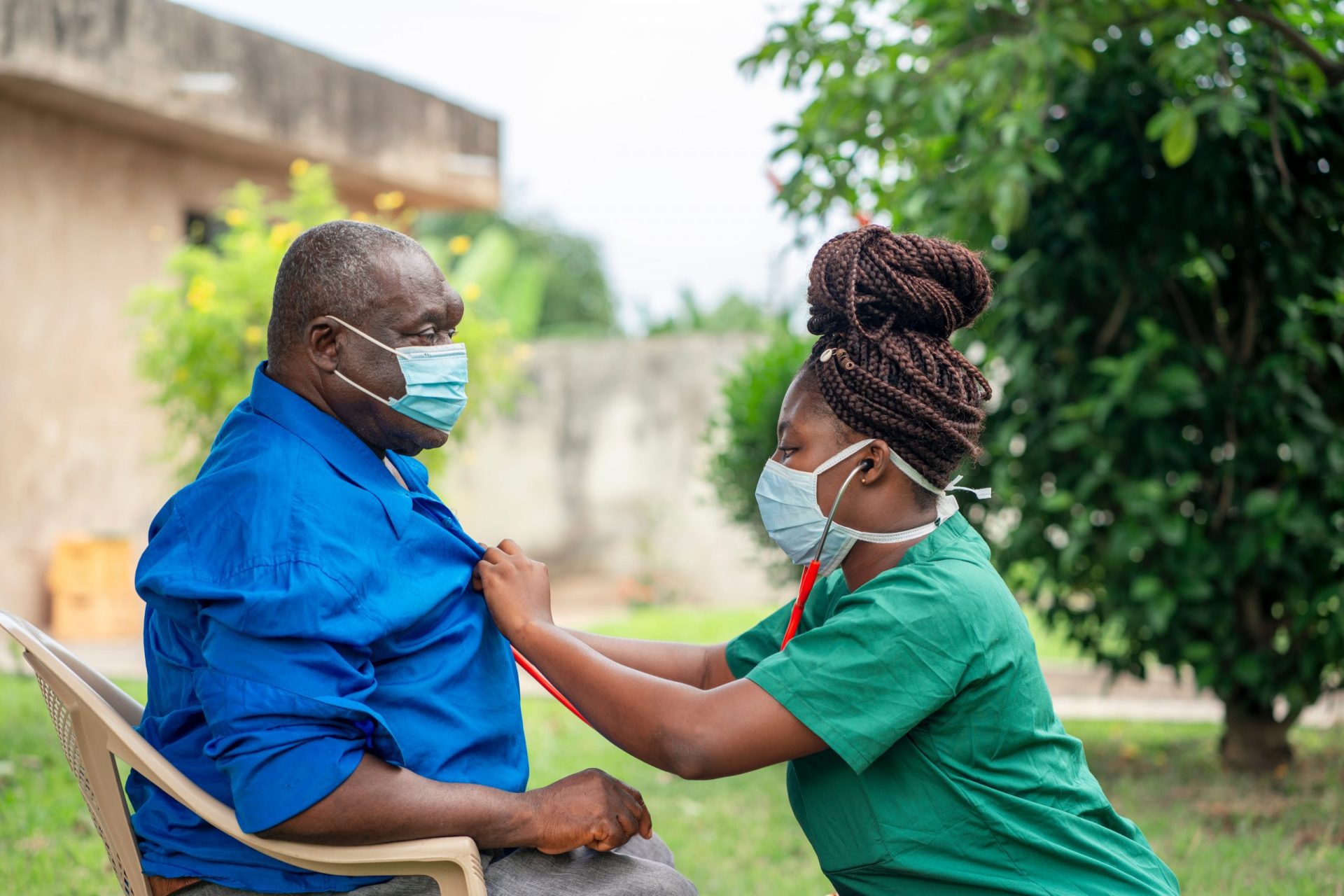Navigating the Unexpected Challenges of Bee Sting Encounters
Summer’s vibrant landscapes bring more than just sunshine and outdoor adventures—they introduce a complex ecosystem of potential interactions with stinging insects. Understanding the nuanced world of bee stings requires a comprehensive approach that blends scientific knowledge, practical first aid, and strategic prevention techniques.
The Biological Mechanics of Bee Stings
Bee stings represent a sophisticated defensive mechanism evolved over millions of years. When a bee perceives a threat, its stinger functions as a precision-engineered weapon designed to deliver venom and protect the colony. This intricate biological response involves complex neurological and chemical processes that trigger immediate defensive reactions in both the bee and the recipient of the sting.
Physiological Response Mechanisms
The human body initiates an immediate inflammatory response upon bee sting contact. Specialized immune cells rapidly mobilize, sending signals that trigger localized swelling, redness, and pain. This biological defense mechanism serves to isolate potential toxins and initiate healing processes.
Cellular-level interactions involve:
- Immediate histamine release
- Inflammatory protein activation
- Immune system mobilization
- Pain receptor stimulation
Comprehensive First Aid Protocols
Effective bee sting management requires a systematic approach that addresses both immediate symptoms and potential long-term complications. The initial response plays a crucial role in minimizing potential adverse reactions and supporting the body’s natural healing processes.
Immediate Intervention Strategies Rapid stinger removal represents the primary critical intervention. Specialized techniques involve using flat-edged objects like credit cards to scrape away the stinger, minimizing additional venom introduction. Careful manipulation prevents further toxin release and reduces potential inflammatory responses.
Wound Cleansing Techniques Thorough wound cleansing involves:
- Gentle soap and water application
- Antiseptic solution implementation
- Careful patting dry to minimize irritation
Advanced Home Treatment Approaches for Bee Stings
Both natural remedies and pharmaceutical interventions offer effective strategies to relieve the discomfort of bee stings. These treatments address various aspects of the body’s inflammatory response, helping to reduce pain, swelling, and irritation.
Natural Remedy Exploration
Certain household ingredients and botanicals are commonly used to treat bee stings due to their natural therapeutic properties:
- Honey’s antimicrobial properties
Honey has long been known for its natural antimicrobial effects, which help prevent infection at the site of the sting. Applying honey can soothe the area, reduce inflammation, and accelerate the healing process. - Baking soda’s alkaline neutralization
Baking soda is an alkaline substance that can neutralize the acidic venom from the bee sting. Creating a paste with baking soda and water and applying it to the sting helps calm the itching and reduce swelling. - Apple cider vinegar’s inflammatory reduction
Apple cider vinegar has anti-inflammatory properties that can help reduce pain and swelling associated with bee stings. Its acidic nature can help neutralize the venom, providing relief from discomfort. - Essential oil applications
Essential oils, such as lavender or tea tree oil, are known for their anti-inflammatory and soothing effects. These oils can be diluted with a carrier oil and applied to the sting site to reduce pain, irritation, and swelling.
Pharmaceutical Intervention
Pharmaceutical treatments, often found over-the-counter, provide targeted relief for bee stings, focusing on symptom management:
- Antihistamine oral medications
Antihistamines help block the body’s allergic response to the venom, alleviating symptoms such as itching, redness, and swelling. Oral antihistamines can be effective for individuals experiencing a mild allergic reaction to the sting. - Topical corticosteroid creams
Corticosteroid creams are used to reduce inflammation and relieve itching. They work by suppressing the immune response at the sting site, making them effective for managing swelling and discomfort. - Pain reduction compounds
Pain relievers, such as ibuprofen or acetaminophen, can help reduce the pain and discomfort associated with bee stings. These medications work by blocking pain signals and reducing inflammation, offering more immediate relief. - Anti-inflammatory agents
Non-steroidal anti-inflammatory drugs (NSAIDs) can be applied topically or taken orally to reduce swelling and inflammation at the sting site. They help manage pain and promote quicker healing by addressing the body’s inflammatory response to the venom.
Recognizing Severe Allergic Responses
Anaphylactic reactions represent medical emergencies requiring immediate professional intervention. Comprehensive awareness of potential warning signs can be life-saving.
Critical Warning Indicators Severe allergic response markers include:
- Rapid systemic swelling
- Respiratory distress
- Cardiovascular system disruption
- Widespread skin reactions
Prevention and Protective Strategies
Proactive approaches can significantly reduce unexpected bee encounter risks:
- Wearing neutral-colored clothing
- Avoiding strong fragrances
- Maintaining calm during insect interactions
- Understanding local bee behavior patterns
Long-Term Management for Allergic Individuals
Individuals with known bee sting allergies must develop comprehensive management plans:
- Carrying emergency medication
- Wearing medical identification
- Developing comprehensive emergency response protocols
- Regular immunological consultations
Technological and Medical Advancements
Emerging research continues to explore advanced treatment methodologies:
- Immunotherapy developments
- Molecular-level venom analysis
- Enhanced emergency intervention techniques
- Personalized allergy management strategies
Ecological Considerations
Understanding bee interactions extends beyond personal health. Bees play critical roles in global ecosystems, making responsible interaction crucial for both human and environmental well-being.
Conclusion
Navigating bee sting challenges requires a multifaceted approach combining scientific understanding, practical skills, and ecological awareness. By developing comprehensive knowledge and maintaining calm during unexpected encounters, individuals can transform potentially dangerous situations into manageable experiences.
The intricate dance between humans and insects represents a delicate balance of survival, respect, and mutual adaptation. Through education, preparation, and thoughtful interaction, we can coexist more harmoniously with these remarkable creatures.

















